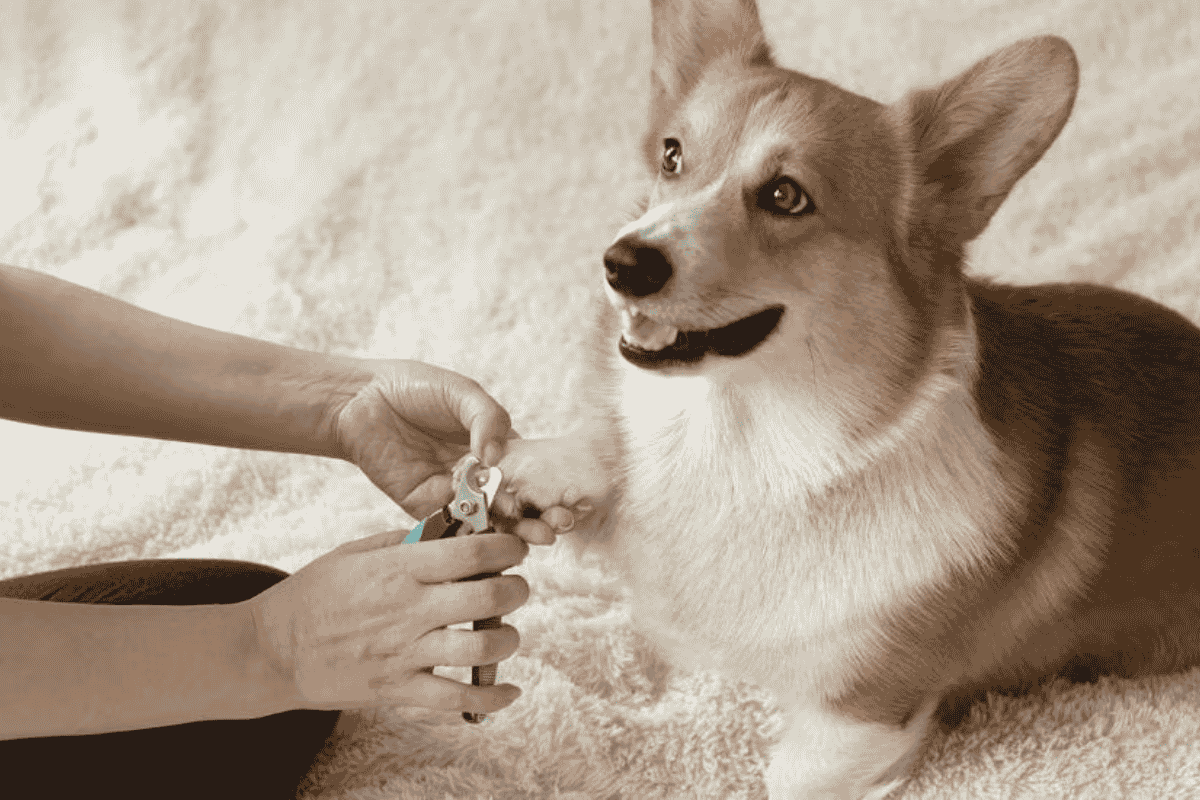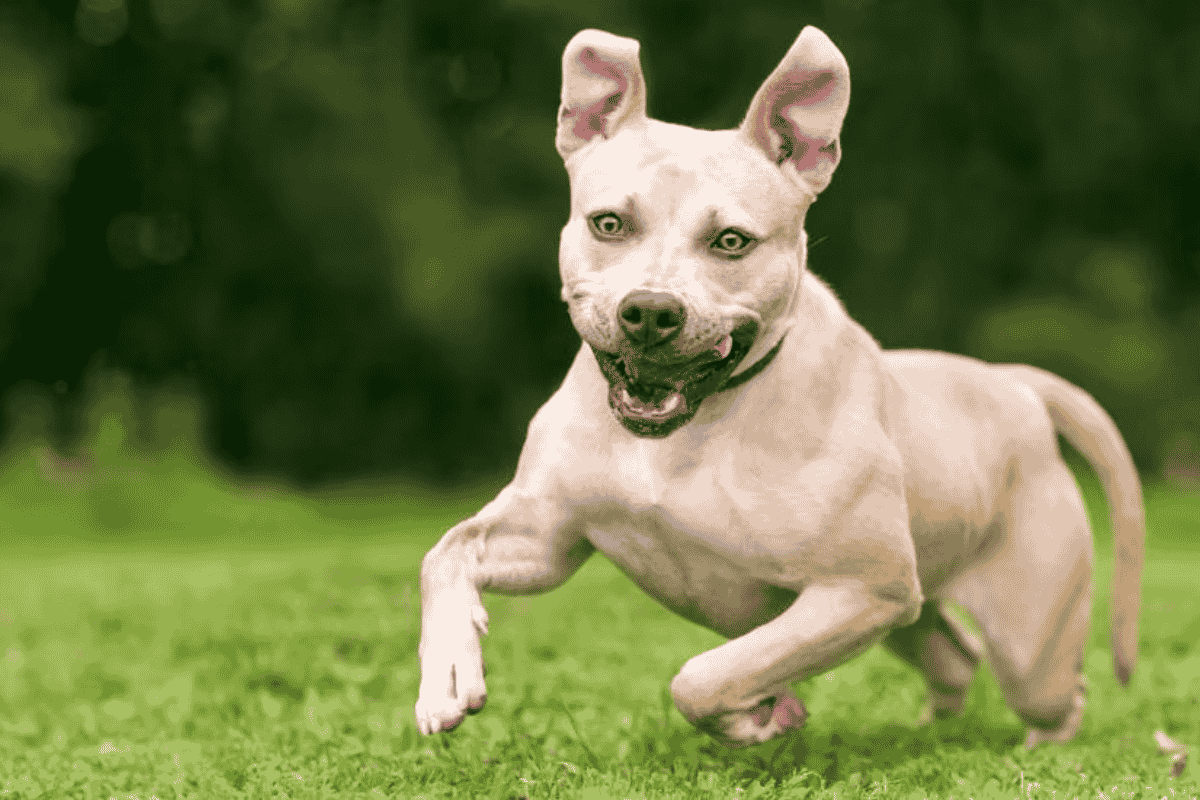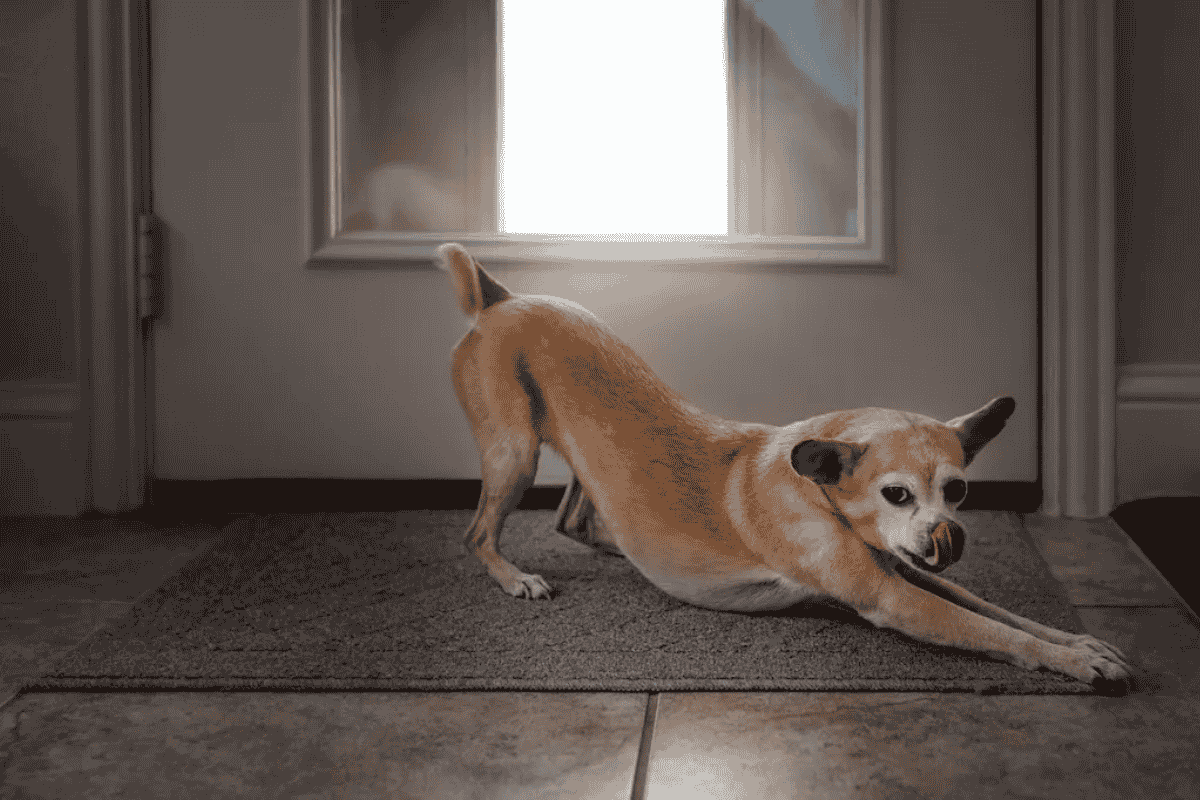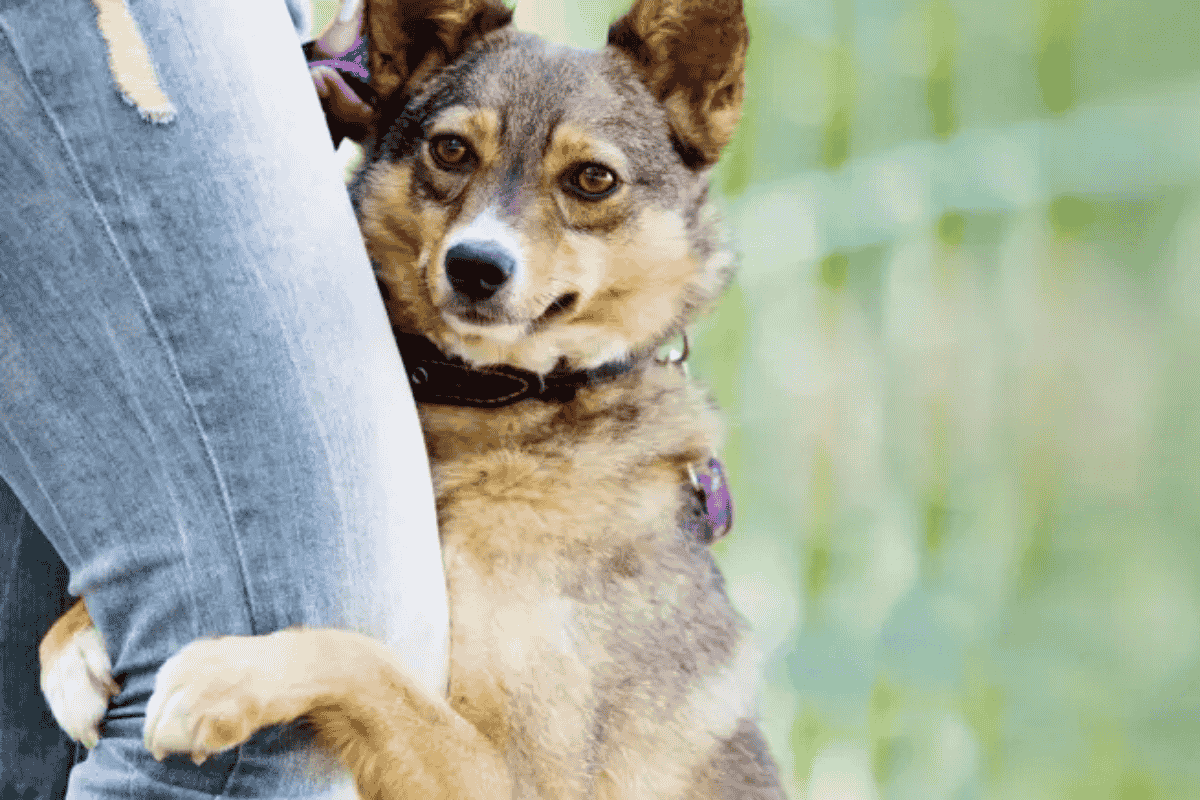As a loving pet parent, you want your dog to look and feel their best — from their nose to their paws. Learning how to trim your dog’s nails safely and understanding how often to cut them is an essential grooming skill that keeps your pup healthy and comfortable.
While professional groomers can help, with the right tools, technique, and a little patience, nail trimming is something you can confidently do at home.
Tools for Trimming Your Dog’s Nails
Having the right tools makes trimming your dog’s nails safer and easier. Here’s what you’ll need for your dog’s paw care session:
- Dog nail clippers or a dog nail grinder
- Styptic powder to stop bleeding if you cut too far
- Dog treats for positive reinforcement
- An extra set of hands (a friend or family member) to help hold and comfort your dog
Types of Nail Clippers and Grinders
Different dogs have different nail needs. Choose the tool that best fits your dog’s size, temperament, and nail type.
Scissor Clippers
Best for small dogs, scissor-style clippers look like scissors with small notches to hold the nail in place. A good example is Frisco® nail clippers.
Plier-Style Clippers
Ideal for large breeds with thick nails, these clippers use a heavy-duty spring for extra power.
Guillotine-Style Clippers
These have a hole where you place the nail, and a blade slides upward to cut. While convenient for small dogs, experts like Dr. Amber Karwacki, DVM, advise caution — it can be harder to see where you’re cutting, increasing the risk of hitting the quick.
Nail Grinder
A nail grinder, such as a Dremel® rotary grinder, gently files the nail instead of cutting it. It’s great for dark nails where the quick is hard to see, but the noise and vibration may startle nervous dogs.
How To Trim Dog Nails: Step-by-Step
Once you have your tools ready, follow these steps to trim your dog’s nails safely:
1. Touch Your Dog’s Paws Regularly
Help your dog get used to paw handling by touching and massaging their legs and feet often. Puppies especially benefit from this early desensitization.
2. Introduce the Tools Gradually
Let your dog sniff the clippers or grinder before use. Touch their paws lightly with the tool and reward them with treats to build a positive association.
3. Choose a Calm, Well-Lit Space
Pick a quiet, comfortable area with good lighting so you can see what you’re doing clearly.
4. Keep Your Dog in a Natural Position
Avoid lifting your dog’s legs too high or bending them unnaturally. Keep their paw close to the ground or surface they’re resting on.
5. Find the Quick
The quick is the sensitive part inside the nail that contains blood vessels and nerves.
- In light-colored nails, it appears as a pink area inside the nail.
- In dark nails, trim a little at a time and stop when you see a black dot in the center — that’s the quick.
6. Trim Slowly at a 45° Angle
Hold the paw steady and cut the nail vertically following its natural curve. Trim just small bits at a time, and keep the blade at about a 45-degree angle to avoid cutting the quick.
Don’t forget to trim the dewclaws — the small extra nails on the inside of the paw.
7. Use Praise and Treats Generously
Reward your dog throughout the process with treats and praise. A lick mat spread with peanut butter can help distract anxious pups during trimming.
How Short To Trim Dog Nails
Trim your dog’s nails so that they’re just above the quick — short enough to prevent clicking on hard floors, but not so short that they bleed.
If your dog’s nails haven’t been trimmed in a while, the quick may have grown longer. With consistent trims, it will gradually recede, allowing shorter cuts over time.
What To Do if You Cut the Quick
If you accidentally cut into the quick, stay calm — it happens even to professionals.
Apply styptic powder to the nail tip to stop bleeding quickly. If you don’t have any, a small amount of flour or cornstarch can also work in a pinch.
How Often To Trim Dog Nails
Every dog is different, but as a general rule, trim your dog’s nails every 3–4 weeks.
Dogs that walk regularly on hard surfaces like concrete will naturally wear their nails down and may need trims less often.
A good indicator that it’s time for a trim is when you hear your dog’s nails clicking on the floor — that means they’re too long.
Regular trimming helps prevent:
- Nail overgrowth and splitting
- Painful posture changes
- Infections from ingrown nails
The Bottom Line
Learning how to trim your dog’s nails safely takes patience, the right tools, and plenty of positive reinforcement. With time, it can become an easy part of your dog’s grooming routine — keeping their paws healthy and their walks comfortable.
FAQs
How often should I trim my dog’s nails?
Most dogs need their nails trimmed every 3–4 weeks. However, dogs that walk frequently on hard surfaces like concrete may naturally wear their nails down and need trims less often.
How do I know if my dog’s nails are too long?
You’ll know your dog’s nails are too long when you start to hear them clicking on hard floors. Nails that are too long can cause discomfort, affect your dog’s posture, and even lead to injury.
What’s the safest way to trim dog nails?
Trim your dog’s nails slowly at a 45-degree angle, cutting a small bit at a time. Stop trimming when you see a black dot in the center of the nail or approach the pink quick in light-colored nails.
What should I do if I accidentally cut the quick?
If you cut the quick and the nail starts to bleed, stay calm. Apply styptic powder to stop the bleeding. If you don’t have any, use flour or cornstarch as a temporary solution.
Are nail grinders better than clippers?
Nail grinders can be gentler and provide a smoother finish, especially for dogs with dark nails where the quick is hard to see. However, some dogs may be sensitive to the noise and vibration of a grinder.
How can I help my dog stay calm during nail trimming?
Introduce your dog to the tools gradually, use plenty of treats, and praise them throughout the process. Using a lick mat with peanut butter can also help distract nervous pups during trimming.












